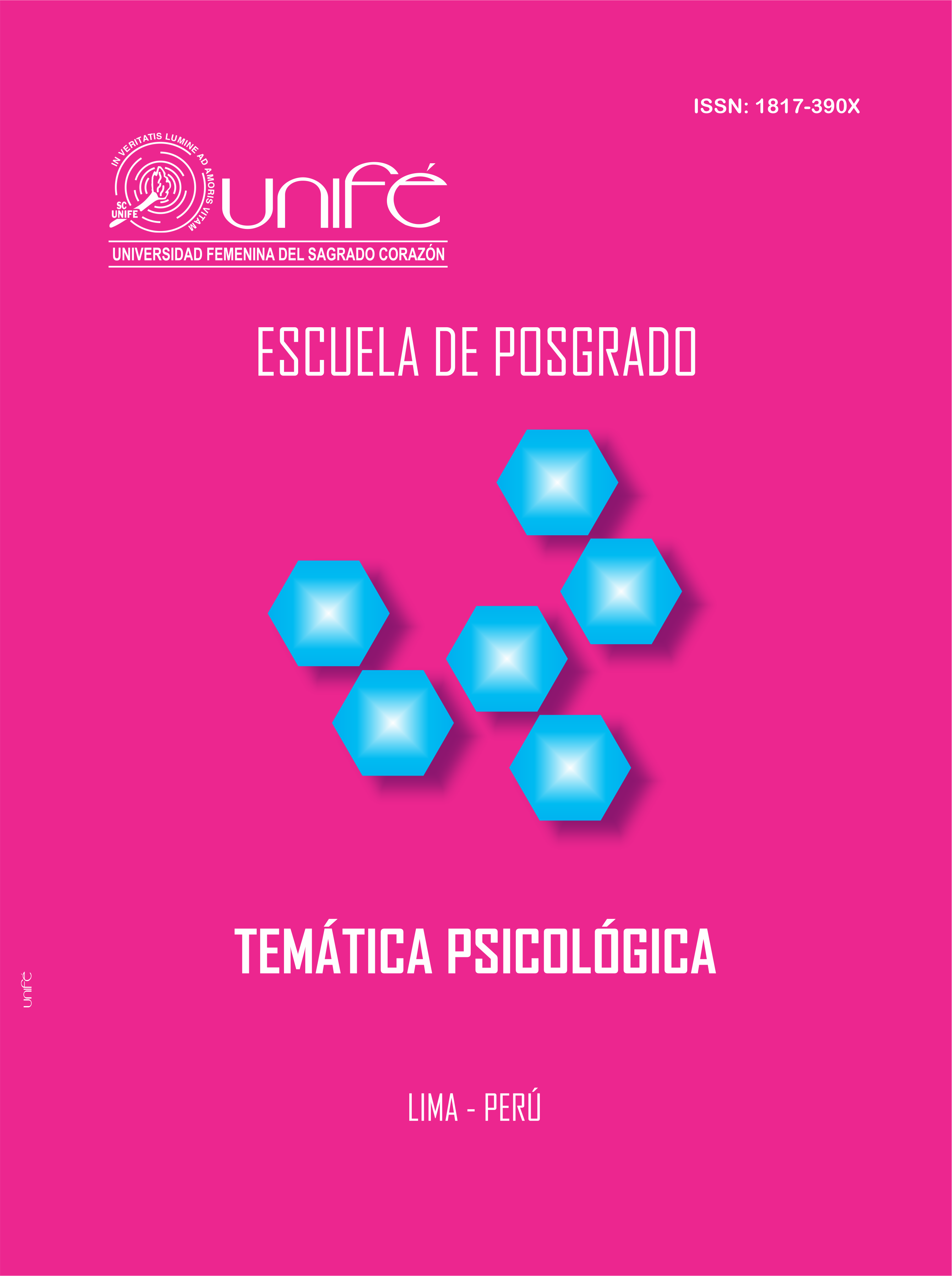Self-concept and protection factors associated with alcohol and tobacco consumption among university students
DOI:
https://doi.org/10.33539/tematpsicol.2011.n7.806Keywords:
self-concept, protection factor, prevalence, consumption of alcohol and tobaccoAbstract
This article analyzes the self-concept and the protection factors associated to the alcohol and tobacco use in students of different universities of Lima. A not experimental design, of multivariante correlation type was used. The sample composed by 730 undergraduate female and male students, within the first and fifth year of studies, aged between 16 and 35 years. The instruments were the Self-Concept Scale of Garcia & Musitu (AF5), the Questionnaire of Protection factors and a Survey of information socio demographics data, which also includes questions about alcohol and tobacco use. The results indicate that the university students consumed tobacco and alcohol when they were 8 and 9 years old, presenting the highest prevalence rate between the age of 13 and 17 (71.2 %). The people who consumed it sometimes in their life, 46.2 consumed alcohol in the last month that the survey was applied and 30.8% consumes tobacco. Although it was found that 53.8% of the students presented a moderate self-concept, the fourth part of the sample showed a low level. Finally, the multiple regressions analysis allows to support that the self-concept is the factor of highest explanatory power for alcohol use (F=14.438, p < .013) and importance of the body and life in the tobacco use (F=8.494, p<.013), which means that if the positive self-concept goes up, the risk of consumption of alcohol goes down, and that if the importance of the body and life is higher, the possibility of consumption of tobacco is lower.


